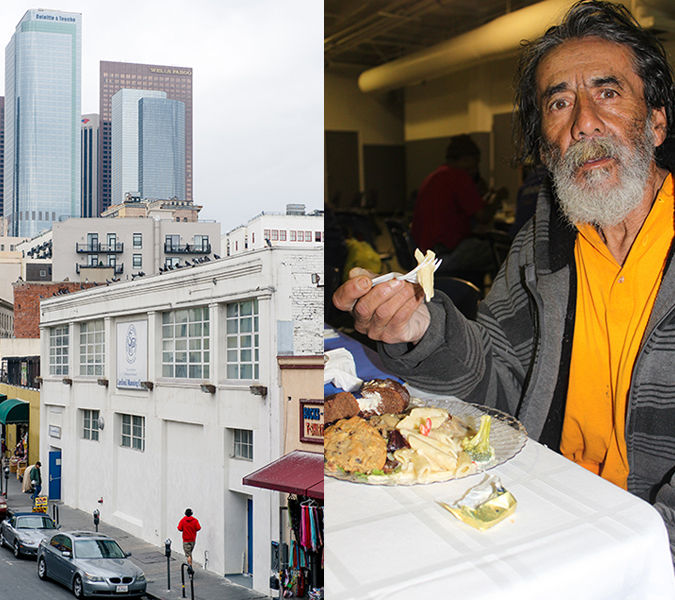State and local Catholic leaders are generally positive about Gov. Jerry Brown’s revised $156.2 billion budget plan released last week, but they also would like to see more of the state’s windfall going toward social services helping people recover from the recent recession.
Brown’s “May Revise” budget plan, replacing a $154.9 billion spending plan released in January, proposes to spend most of the tax windfall on higher costs related to the state’s expanding Medi-Cal rolls due to higher-than-expected Obamacare sign-ups. The revised plan also allocates billions of dollars to pay down the “wall of debt” and strengthen the rainy day fund.
“Two concepts seem to dominate Gov. Brown’s revised budget: prudence and optimism,” said Ned Dolejsi, executive director of the bishops’ California Catholic Conference. “Prudence, because while the state’s budget outlook is the best it’s been in years, the recession isn’t over for everybody; and optimism, because we finally have the resources to begin making smart investments in California’s future.
“As the recession wanes for many Californians, the governor can consider supporting those who were most devastated during the recession and have the furthest road yet to go until they participate in the recovery.”
For instance, Dolejsi suggested, “a very reasonable and cost-effective re-introduction of the Naturalization Services Program (NSP) would bring more than 2.5 million eligible people out of the shadows and into the ranks of American citizenship as full members of American society.”
Dolejsi also proposed strengthening the Cal Grant program. “Just a minimal increase in student loans and grants could more than double or triple the lifetime earning power of our citizens.”
He also urged the governor to look for new and innovative ways to support education by offering tax relief and other incentives empowering parents to provide for their own school children’s learning needs and encourage savings for kindergarten through college.
“The California Catholic Conference urges the governor to care first for those with the greatest needs [and] also reexamine destructive practices such as the public funding for abortions, which end a life and run contrary to public sentiment. Taxpayers aren’t given a choice about funding abortions,” noted Dolejsi.
Msgr. Greg Cox, executive director of Catholic Charities of Los Angeles, lauded the governor’s budget for “making some effort” to try to decrease the debt, put money away for a rainy day fund and take measures to cover the pension liability.
“I think Gov. Brown is taking some steps on trying to be fiscally responsible for the state, but it is a little discouraging that some social service programs for the 8 million people still living in poverty in the state” only received modest increases, said Msgr. Cox, who noted L.A. County’s “relatively high” 8.3 percent unemployment rate in comparison to the state’s average unemployment rate of 7.8 percent.
“I wish some more funding would have gone to help people through this time in the areas of child care, job training and affordable housing — issues that are still very important for struggling people,” said Msgr. Cox. Also, I wish there would have been some funding in the budget for the NSP, because it is a significant issue, especially if comprehensive immigration reform is passed.”
“This [revised budget] is a positive start on the part of the state,” said David Fields, executive director of the Society of St. Vincent de Paul, Council of Los Angeles. “I think we’re on a good path getting control of the deficits. Hopefully, as things get better, more money will be allocated for human services.”
Assistance for the homeless and more affordable housing for low income brackets, particularly women and children, requires more focus, added Fields, noting that St. Vincent’s Cardinal Manning Center on Skid Row, which used to be a 30-day homeless shelter, has transitioned to a six-month program helping residents get back on their feet and into permanent housing.
“In general,” said Fields, “social service agencies need funding for similar, long-term programs addressing underlying problems, such as mental illness which affects 35 percent of the homeless population. Also, we need a better high school graduation rate and a better transfer rate from community colleges to state universities.
“Sometimes, it’s a challenge for parents to send their children to college. We need a strong educational foundation from Pre-K to college. In the long run, it will mitigate society’s problems.”

